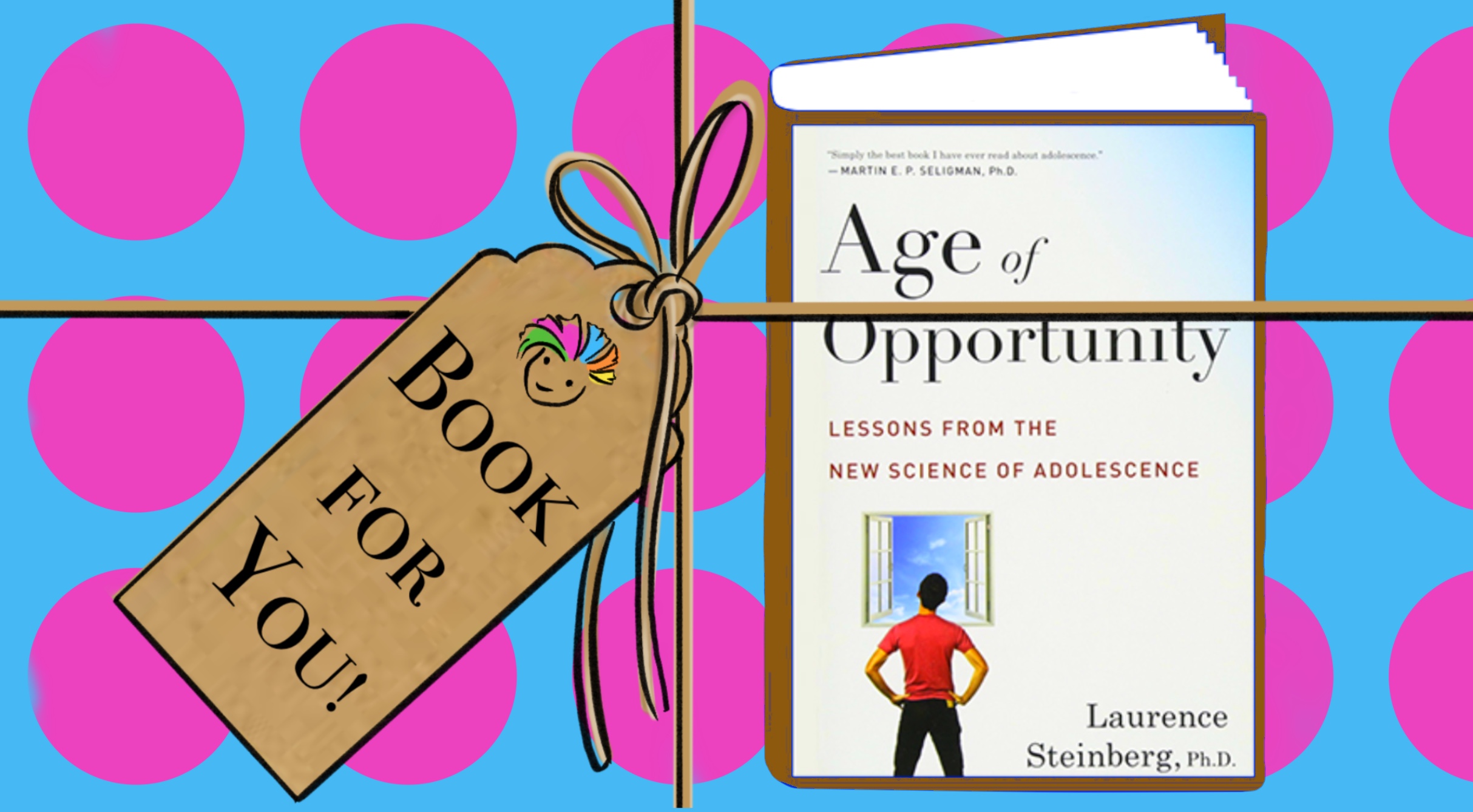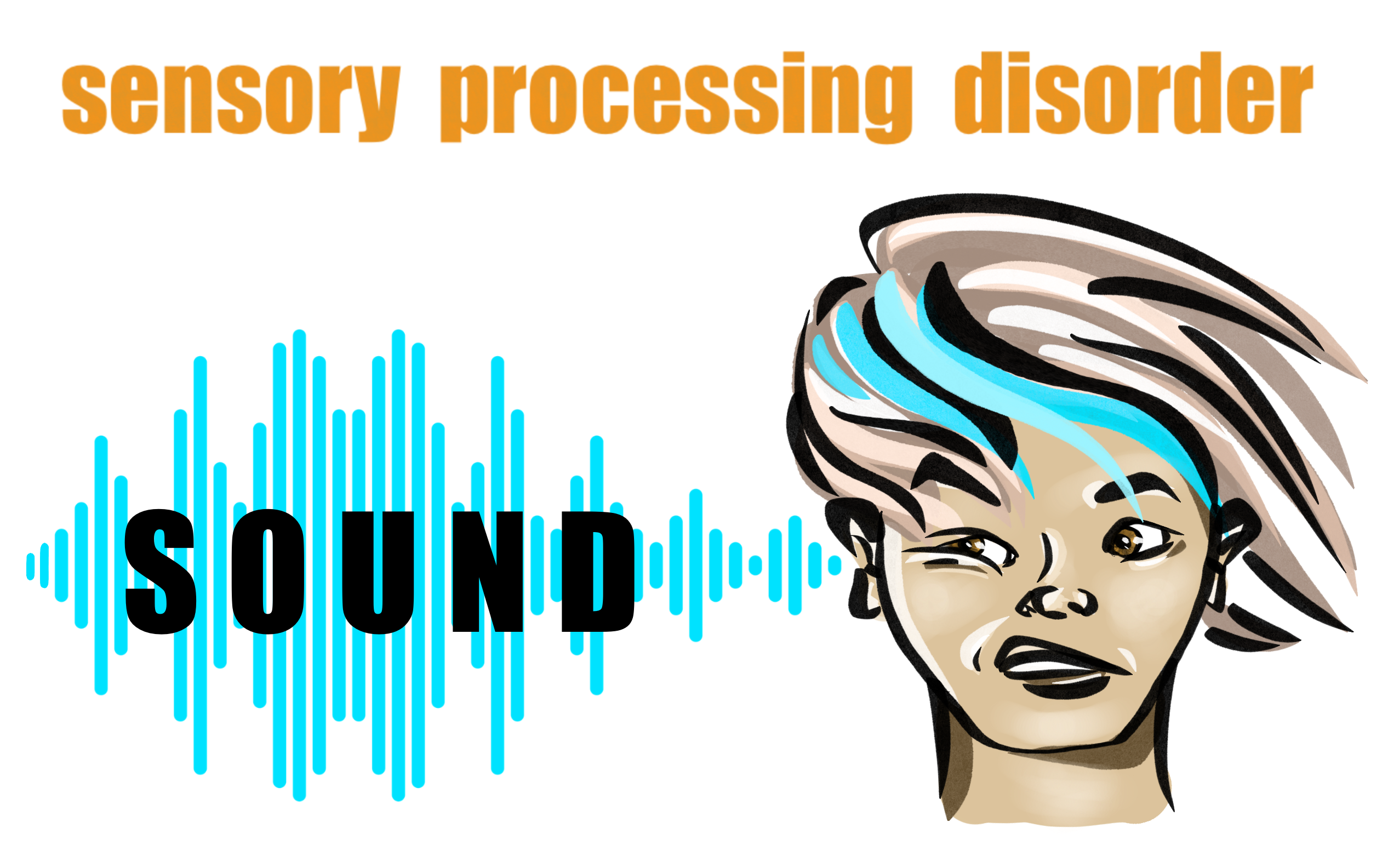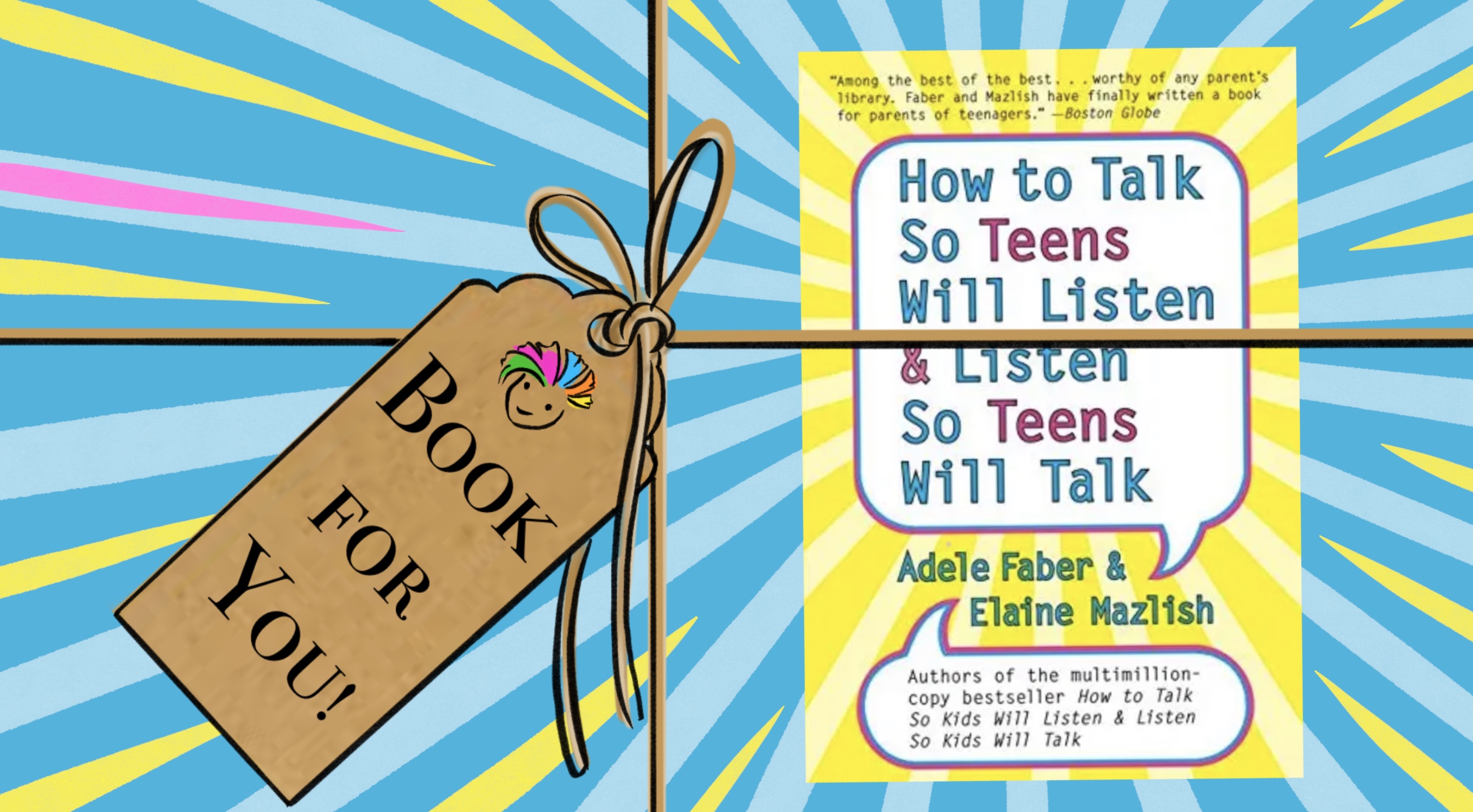Virtual reality is no longer just a futuristic concept reserved for video games and sci-fi movies. It is a reality that has the potential to change lives in ways we never thought possible. As a special needs parent, I have been researching the benefits of VR for our special needs children, and I am thrilled at the possibilities it holds for them.
The development of AI in virtual reality has made it more real than ever, and its applications for special needs children are vast. VR provides a new life setting where our abilities are limitless, and we can do, feel, make, and have things we have never imagined before.
Autism therapists have been using VR since the mid-1990s to create virtual environments to help autistic individuals prepare for encounters or situations that could be stressful. VR can help them handle situations like a job interview, give a public speech, manage their phobias like a fear of public transport or fear of dogs.
But the benefits of VR for special needs children don’t stop there. It can help children with physical disabilities experience activities they would otherwise be unable to do. For example, children with mobility issues can experience sports like skiing or surfing in a virtual world.
VR can also help children with cognitive impairments improve their focus and attention span. It can be used to teach new skills, like cooking, or to help children with sensory processing issues adjust to new environments.
The potential for VR to improve the lives of our special needs children is staggering. It can provide them with new experiences, help them overcome obstacles, and improve their quality of life. As we continue to explore the possibilities of VR, we can look forward to a future where our special needs children can live fuller lives than ever before.
Let me to share what i have found about the benefits of augmented reality for our special needs angels:
- Learn and practise new skills:
VR can create an immersive and engaging environment where individuals with autism can learn and practise new skills in a safe and controlled setting. For example, VR simulations can be used to teach individuals with autism about safety skills, such as crossing the street, or to practise job interview skill
- Create social situations:
where children can practise daily routine skills in a safe environment: Social situations can be challenging for individuals with autism, and VR can provide a safe and controlled environment to practice social skills. VR simulations can create scenarios that mimic real-world situations and allow individuals with autism to practice social interactions, such as ordering food at a restaurant, or engaging in a conversation with a peer.
- Improve motor skills and muscle recovery:
VR can stimulate the relevant parts of the brain needed to perform physical activities, even if the individual is not physically capable of performing those activities. This can help improve motor skills and aid in muscle recovery for individuals with autism who have difficulty with physical movement.
- Create a role-playing environment for practicing social skills:
Role-playing is a common technique used in therapy for individuals with autism to practice social skills. VR can provide a more immersive and engaging role-playing environment that can help individuals with autism develop social skills, such as turn-taking, initiating conversations, and nonverbal communication.
- Alleviate phobias and improve OCD behavior:
VR can be used to create simulations that expose individuals with autism to their fears or phobias in a safe and controlled environment. This can help alleviate phobias and improve obsessive-compulsive disorder (OCD) behaviours.
- Enhance cognitive skills:
VR can be used to create simulations that challenge and enhance cognitive skills, such as memory, attention, and problem-solving. These simulations can be personalised to meet the individual needs of each person with autism.
- Physical activity and keeping the body fit:
VR can be used to create simulations that encourage physical activity and exercise. For individuals with autism who may have difficulty with traditional forms of exercise, such as team sports or gym workouts, VR can provide a more engaging and enjoyable way to stay active.
- Speech impairment:
VR can be used to create simulations that help individuals with autism practise their speech and language skills. For example, VR can be used to create scenarios that require the individual to use specific words or phrases, or to practise conversational skills with a virtual avatar.
- Reduce sensory overload:
Individuals with autism can often experience sensory overload in crowded or noisy environments. VR can provide a controlled sensory environment where the user can adjust the level of sensory input, such as sounds and lights, to meet their needs and reduce stress.
- Increase motivation and engagement:
VR can be more motivating and engaging than traditional therapy methods, such as worksheets or lectures. This can increase the user’s willingness to participate in therapy and improve outcomes.
- Enhance emotional regulation:
VR simulations can be used to teach individuals with autism how to recognize and regulate their emotions in a safe and controlled environment. This can help them to manage their emotions in real-world situations.
- Provide opportunities for self-expression:
VR can be used to create simulations that allow individuals with autism to express themselves creatively, such as through virtual art or music-making programs. This can provide an outlet for self-expression and improve overall well-being.
- Develop problem-solving skills:
VR simulations can be used to create scenarios that require individuals with autism to solve problems and make decisions. This can help them develop critical thinking and problem-solving skills that can be applied in real-world situations.
- Improve spatial awareness:
Individuals with autism can sometimes struggle with spatial awareness, such as navigating through unfamiliar environments. VR simulations can be used to create virtual environments that help them improve their spatial awareness and navigation skills.
Overall, virtual reality has the potential to be a valuable tool for individuals with autism, providing a safe and controlled environment to develop a wide range of skills and improve overall well-being.






